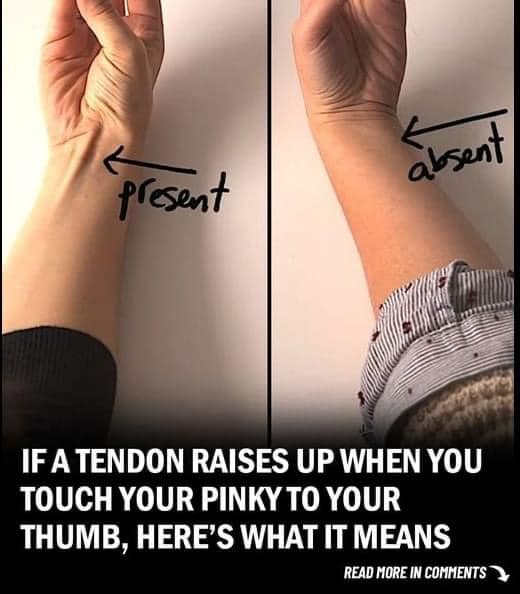Evolution, a complex tapestry woven over millennia, has sculpted the intricate masterpiece that is the human body. While the notion of shared ancestry with other mammals is widely accepted, tangible evidence can often be elusive. Yet, our own bodies serve as remarkable living testaments to our evolutionary journey.
From the remnants of our arboreal past to vestigial structures that no longer serve a purpose, our physical form is a captivating encyclopedia of biological history. Take, for instance, the familiar phenomenon of goosebumps. This seemingly innocuous reaction is a relic of our mammalian ancestors, who relied on this mechanism to increase body heat in frigid environments. While modern humans rarely face such extreme conditions, the instinctual response persists, a silent whisper from our evolutionary heritage.
Similarly, the defensive posture adopted by frightened animals, such as a cat’s puffed-up appearance, is another example of an ancient survival strategy. By exaggerating their size, these creatures sought to deter potential predators. Though this tactic may be less effective in today’s world, it remains an ingrained behavioral pattern.
However, perhaps the most striking evidence of evolution lies within our own limbs. A significant portion of the human population—approximately 10 to 15%—lacks a tendon that once played a crucial role in our primate ancestors. This tendon, connected to the palmaris longus muscle, was essential for arboreal dwellers like lemurs and monkeys, aiding in their acrobatic feats among the branches.

As humans and ground-dwelling apes transitioned to life on the ground, the reliance on this muscle and its corresponding tendon diminished. Consequently, nature, in its gradual and patient process of evolution, began to phase out this vestigial structure. Yet, the march of evolution is slow, and the majority of us still carry the imprint of our primate ancestry in the form of this seemingly superfluous tendon.
see continuation on next page
